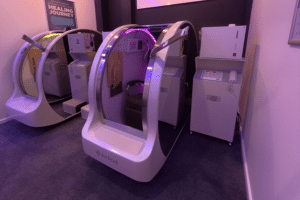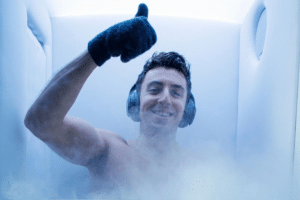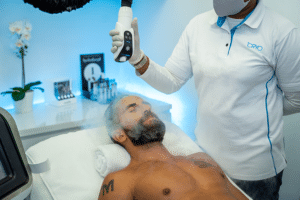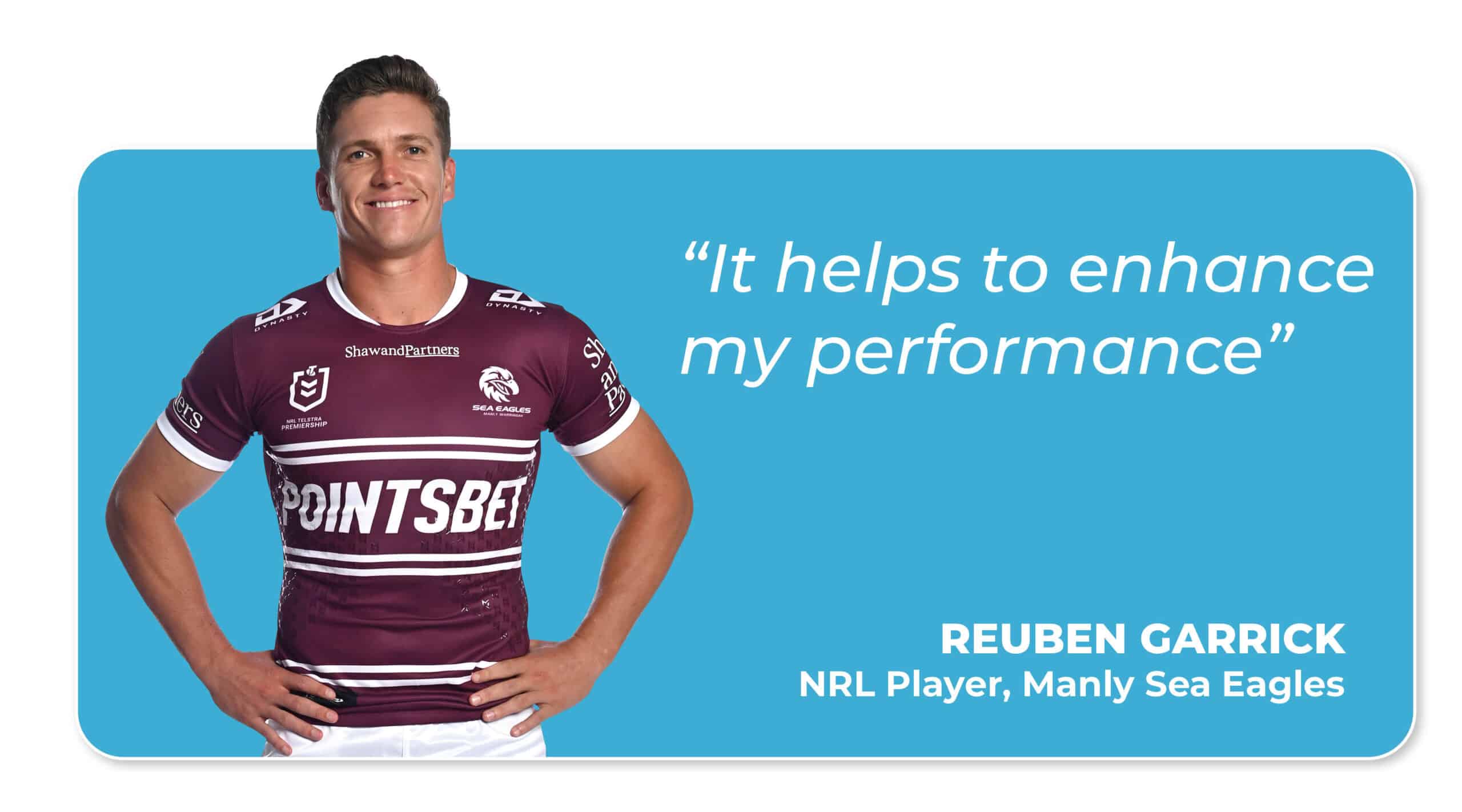From professional athletes to the occasional weekend warriors, all athletes are likely to experience some form of injury at some point during their sporting career. Most commonly, this is treated with the application of ice, which is the science that cryotherapy is based upon and why it has become so popular among both amateur and professional athletes alike. Here’s how cryotherapy can help manage and relieve pain.
What Cryotherapy Does to the Body
Cryotherapy is a process which involves exposing the body to extremely cold temperatures (usually subzero) for a short period of time. During this time, the body is put into a fight or flight response, which is triggered by the extreme environment. This then activates the release of adrenaline and causes the blood flow to increase, resulting in more oxygen being sent to the cells. These two elements combined then help to kick-start the body’s natural healing processes.
Although this reaction is not ideal in the long run, short-term exposure to such temperatures can be beneficial for the body, and some of the benefits include:
- Reducing swelling and pain by constricting the blood vessels, which in turn reduces the amount of blood flow to the affected area. This also prevents inflammatory proteins from travelling to the site, further reducing swelling and stiffness.
- Helps the body to re-establish balance after over-exertion, allowing it to heal more effectively and allowing athletes to train more intensively and more frequently.
- The increased heart rate ensures that more nutrient-rich blood is sent to the muscles, allowing them to train harder and heal quicker when they become fatigued.
- Slows down nerve transmission, reducing the amount of pain experienced and making it easier to manage.
How Cryotherapy Can Help With Pain Management and Relief
Delayed Onset Muscle Soreness (DOMS) is a condition that is commonly experienced after exercise and can be extremely frustrating, as it can interfere with performance and even stop athletes from training altogether. Cryotherapy can help to reduce muscle inflammation, which in turn helps to reduce the amount of pain experienced. This is because the cold environment helps to constrict the blood vessels, which restricts the flow of blood to the injury and reduces the amount of inflammatory proteins that are able to reach the area.
One study in particular found that cryotherapy helped to increase the number of anti-inflammatory cytokines and reduce the number of pro-inflammatory cytokines in the blood. Furthermore, cryotherapy has been known to reduce levels of muscle damage by suppressing the production of creatine kinase, an enzyme that is produced when the muscles are damaged.
Cryotherapy Can Also Aid Muscle Recovery
Cryotherapy doesn’t just help with pain management and relief, it can also help to speed up the body’s recovery process. This is due to the fact that the body is put into a fight or flight response when exposed to the extreme temperatures, prompting the release of both adrenaline and norepinephrine. The adrenaline helps to increase blood circulation, which in turn pumps nutrients around the body more efficiently and helps to prepare the muscles for recovery.
Research has also been conducted to test the effects of cryotherapy on athletes. One particular study examined the effects of whole body cryotherapy on runners and found that it significantly reduced the levels of inflammatory mediators. As a result, the researchers concluded that cryotherapy can help to enhance the overall recovery and cell regeneration process by reducing inflammation.
In addition to this, cryotherapy has also been known to help reduce pain sensitivity by releasing norepinephrine. This was tested in a study which found that cryotherapy after exercise reduced muscle soreness and diminished pain perception.
Types of Cryotherapy
Cryotherapy can be administered in a number of ways, and there are three main types of cryotherapy. These include:
- Whole body cryotherapy (WBC) – this requires up to 3 minutes in the chamber.
- Cryotherapy facials – these skincare treatments can last from 10 minutes up to an hour and are known to reduce signs of aging, uneven skin tone and promote a radiant complexion.
- Localised cryotherapy – this can last up to 10 minutes and is ideal for treating specific areas of the body, such as a knee injury or areas of cellulite.
Cryotherapy can also be administered in two ways. The most common method is to use liquid nitrogen to cool the body. This involves direct contact with the substance, and although it can be beneficial, it can also be dangerous if not done correctly. For this reason, cryotherapy chambers which use liquid nitrogen have open tops, so that the head is never exposed to the substance.
The alternative method is to use cryogenically cooled air. Liquid nitrogen is still used to cool the air, but instead of being pumped directly into the chamber, it is pumped into a separate chamber around it. This way, the body is never exposed to liquid nitrogen directly, and instead just cool air. This method is much safer as it eliminates the risks associated with direct contact with liquid nitrogen, and it can be used as a whole body treatment as the head is permitted to be exposed to the cold air.
In conclusion, cryotherapy is an effective and safe way to reduce pain and aid muscle recovery. From reducing the amount of inflammation to increasing the production of anti-inflammatory proteins, cryotherapy can help to reduce the amount of pain experienced and promote faster recovery. Therefore, it is a great option for anyone looking to manage pain and improve their overall performance.






































